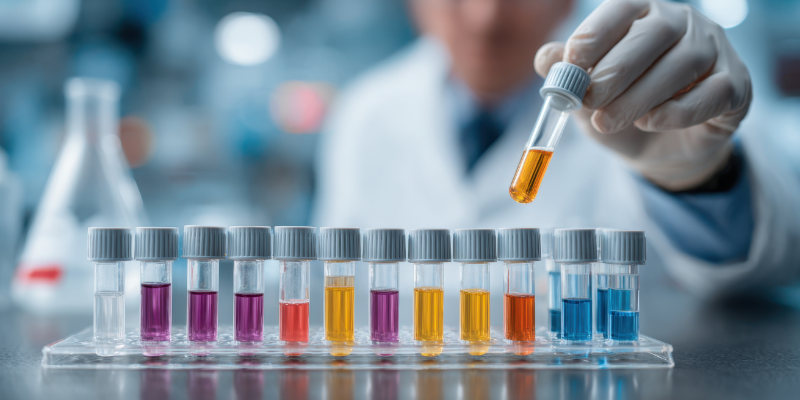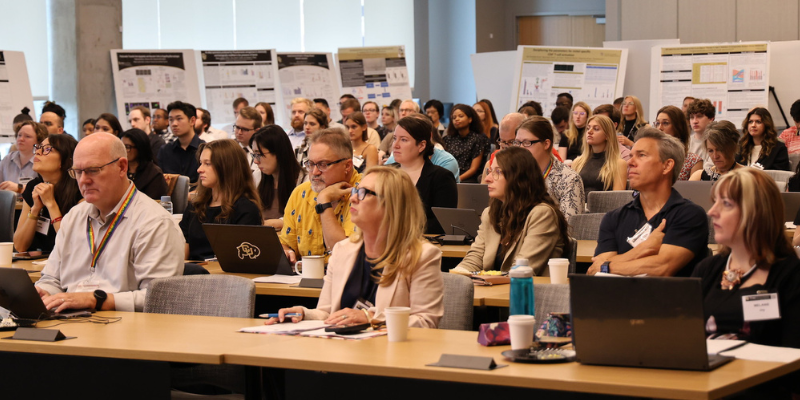We are pleased to announce that The ALSAM Foundation, a generous long-time benefactor to the University of Colorado Skaggs School of Pharmacy and Pharmaceutical Sciences (SSPPS), has provided an initial grant, which together with support from the Chancellor’s Office and the SSPPS, will fund a major new robotic high throughput/high content screening and imaging instrument for drug discovery and elucidation of new drug targets.
“The ALSAM Foundation has been a transformative force for the SSPPS and for advancing therapeutic innovations through grant programs over many years. We are enormously grateful to the Foundation for its continuing support and look forward to the outcomes from the use of this instrument with the goal of developing new therapeutics,” says SSPPS Dean Ralph Altiere, PhD.
“We envision that this new screening and imaging technology will be applied to both small molecule and biologic development and will position the Anschutz Medical Campus perfectly for the next generation of translational discovery where speed and efficiency are essential. This technology does not exist at any academic institution between the two coasts and places the Anschutz Medical Campus in a unique position to exploit phenotypic and biochemical findings in specific diseases, identify new therapeutic targets and translate those discoveries to therapies,” states SSPPS Associate Dean for Research David Ross, PhD. To enable this research to occur more readily a new Center for Drug Discovery will be formed which will integrate closely with ongoing small molecule and biologic discovery efforts in the Colorado Clinical and Translational Sciences Institute (CCTSI), the Cancer Center and facilitate the discovery and development goals of both the SPARK and REACH programs.
One of the major strengths of the Anschutz Medical Campus is the overall vision of melding basic and clinical sciences to bring creative therapeutic approaches to patients. The focus on translational therapeutics has been assisted by the presence of drug discovery technologies on campus particularly in the Skaggs School of Pharmacy and Pharmaceutical Sciences which houses core facilities in Metabolomics/Proteomics, Computational Chemistry and Biochemistry, Medicinal Chemistry and High Throughput/High Content screening.
Associate Professor Daniel LaBarbera, PhD, director of the High Throughput/High Content screening core, commented that “the new system provides an automation platform that is fully enclosed and HEPA filtered ensuring sterile conditions during HTS/HCS, nanoliter sample volume analysis and increases the capacity for screening compound libraries via the use of 1536 well plates. This enables rapid and cost-effective screening of a new 100,000 compound diversity library, including 50,000 compounds developed to penetrate the blood brain barrier and target CNS based disease”.
A unique feature of the instrumentation is that it will allow printing of cells and organoids of different types into uniform arrays in wells or whole plates for screening or imaging purposes. The new generation imager will have four fluorescent channels allowing more complex experimental design and more speed and precision and integrated detection systems will allow the use of any light detection assay.
The last significant investment in robotics for high throughput screening and imaging was made over 10 years ago with a grant from the Colorado Office of Economic Development which enabled the purchase of the first generation of automation in the SSPPS. This new acquisition will enable the campus to enter a new era of screening and imaging technology for drug discovery and detection of new drug targets.
Check out recent news coverage highlighting the announcement:



